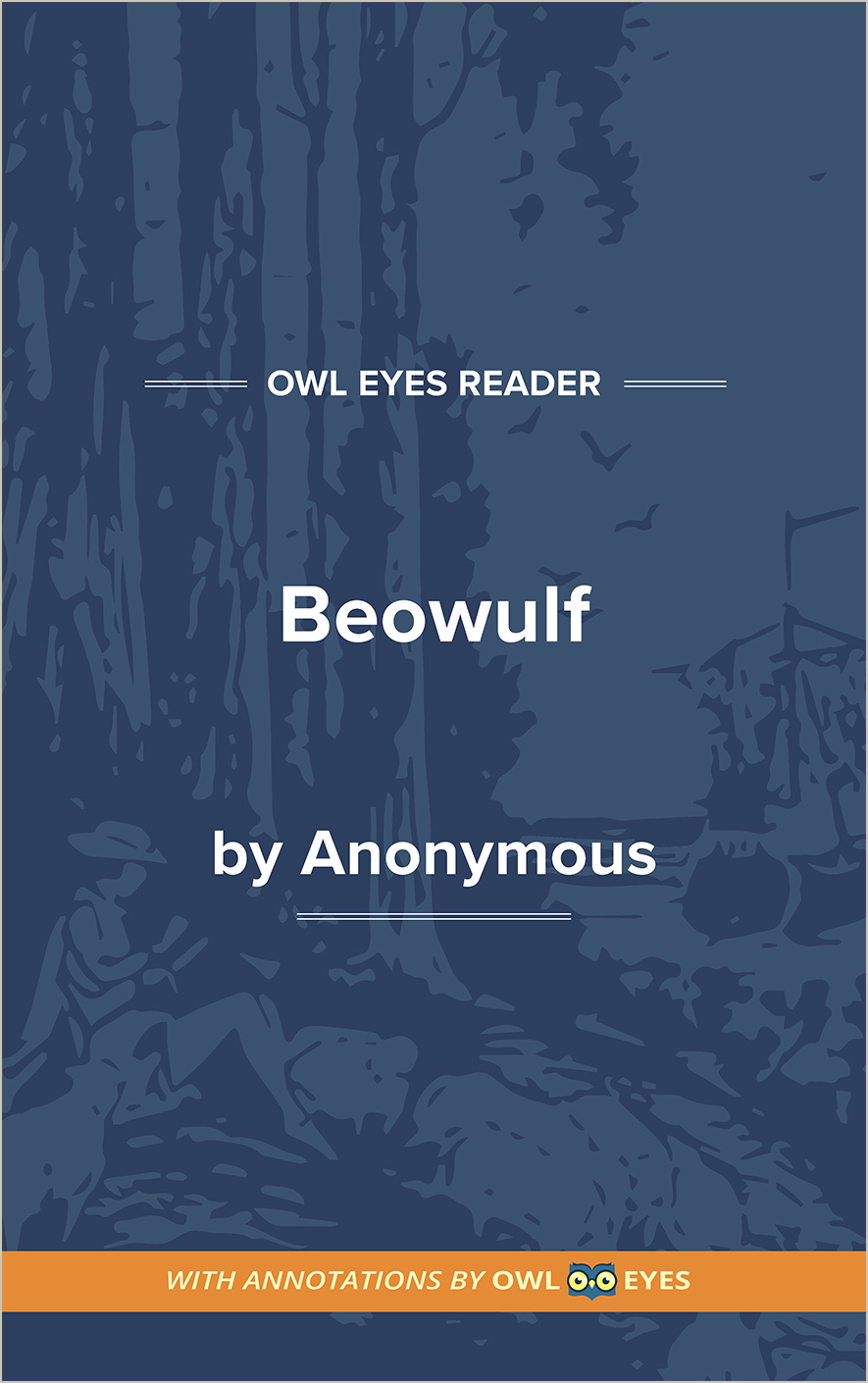Analysis Pages
Alliteration in Beowulf
In stories such as Beowulf that have a strong, oral-storytelling tradition, alliteration is often very prevalent. The repetition of sounds not only creates an effect that is pleasing to the ear, but it also serves a key function when relating story events orally: hearing similar sounds in succession helps listeners better remember the information they hear.
Alliteration Examples in Beowulf:
VIII
🔒"For fear of a feud were forced to disown him...." See in text (VIII)
XII
🔒"came from the moor then Grendel going..." See in text (XII)
XX
🔒"The hell-spirit humbled..." See in text (XX)
XXIII
🔒"Grisly and greedy, that the grim one's dominion..." See in text (XXIII)
XXVIII
🔒"He bound to the bank then the broad-bosomed vessel..." See in text (XXVIII)

